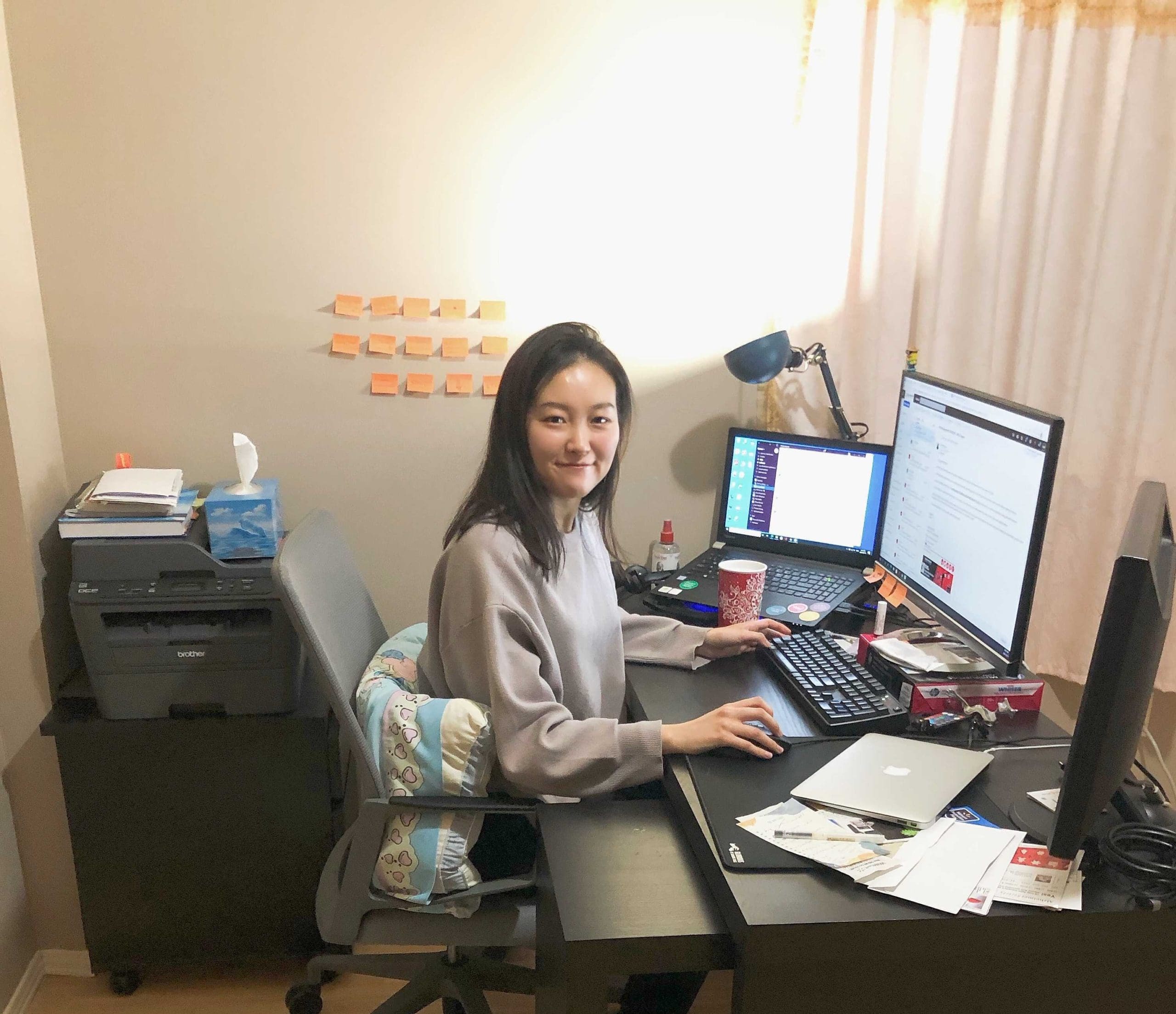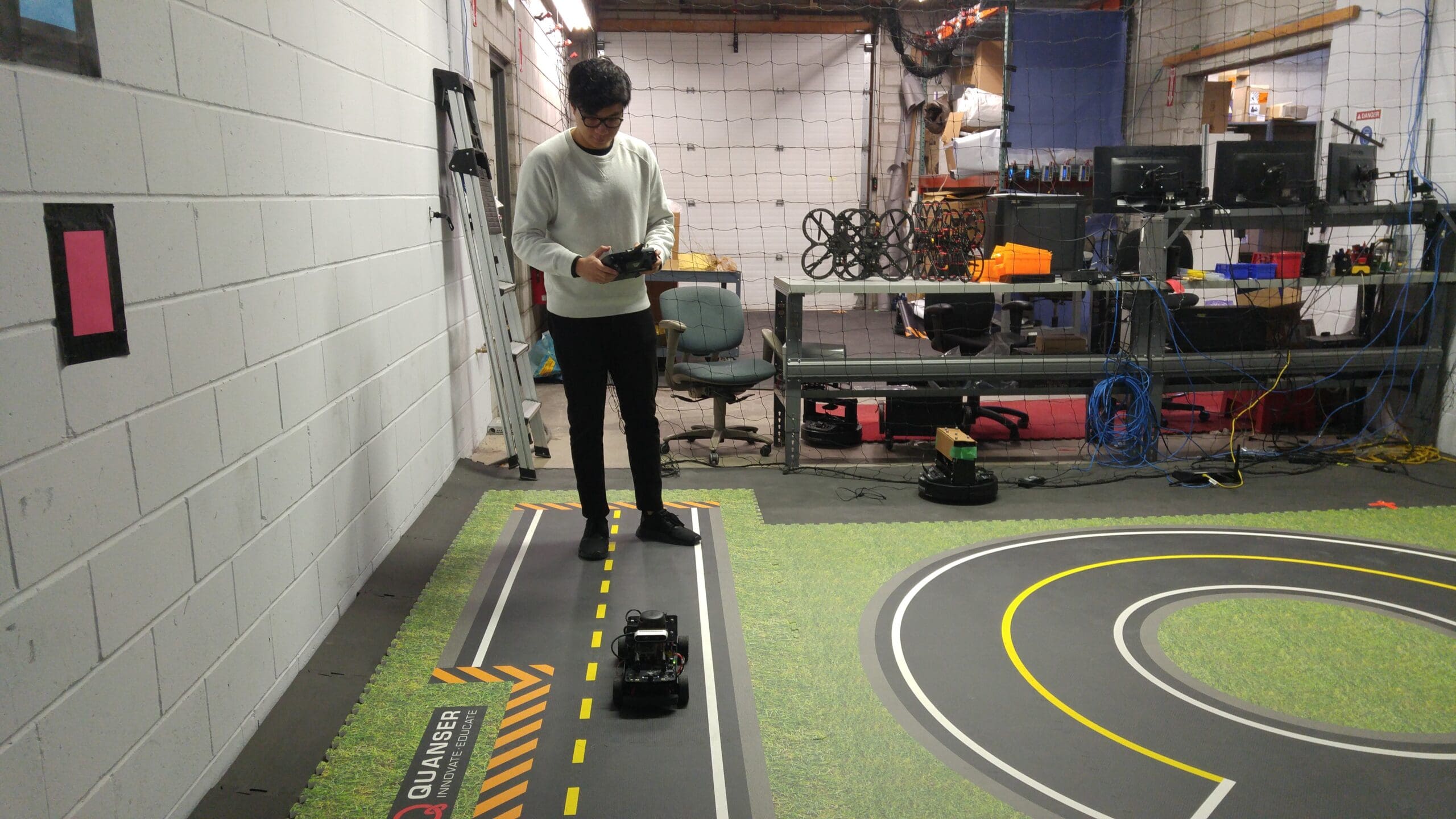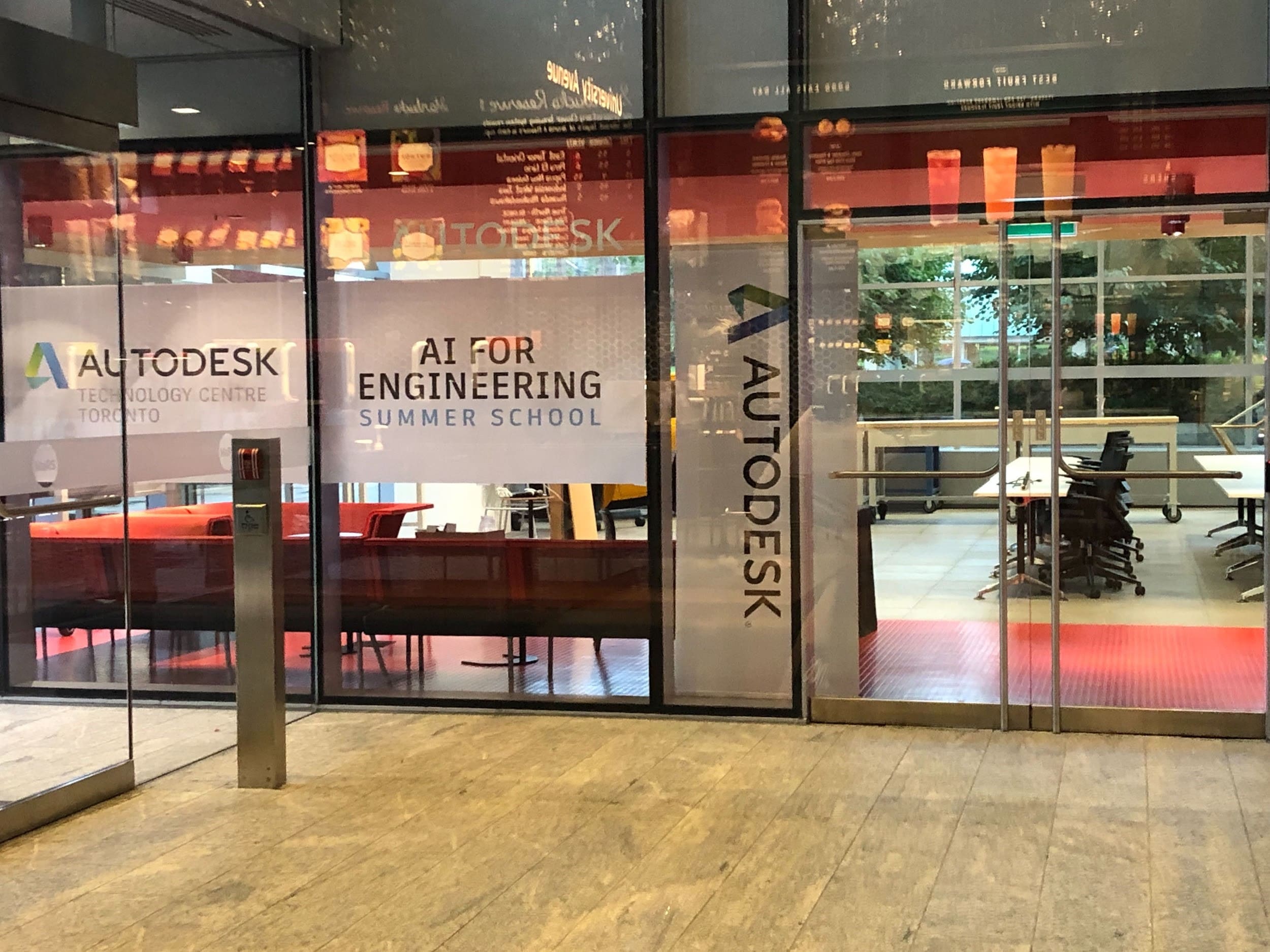
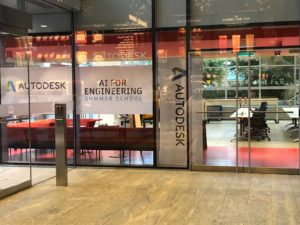 For two weeks during this past August, I have had the pleasure of attending the AI For Engineering Summer School 2019 hosted by Autodesk. This two-week course took place at the beautiful Autodesk Technology Centre located in the MaRS Discovery District at the heart of downtown Toronto. But my learning journey this summer didn’t start there.
For two weeks during this past August, I have had the pleasure of attending the AI For Engineering Summer School 2019 hosted by Autodesk. This two-week course took place at the beautiful Autodesk Technology Centre located in the MaRS Discovery District at the heart of downtown Toronto. But my learning journey this summer didn’t start there.
Artificial Intelligence Tools for Academia
The rapidly developing fields of Artificial Intelligence (AI), Machine Learning (ML) and Deep Learning (DL) are challenging educators and researchers alike on how to leverage and incorporate these advancements. Naturally, we at Quanser are eager to learn more about the current trends. Our goal is to keep up with our customers and partners and figure out how to best support them.
So when my colleague noticed a summer school advertised on his LinkedIn feed in early May, he forwarded it to the rest of the R&D engineering team. The timing of this discovery was particularly opportune as we have been working on the new addition to our research studios, featuring the self-driving car (QCar). One of the goals for this new self-driving vehicle platform is to support the development, application, testing, and verification of AI, ML, and DL methods, algorithms, and techniques.
What do Autodesk and AI Have in Common?
Why is Autodesk doing this? That was my first (and somewhat uninformed) reaction when I learned Autodesk was hosting the summer school. What is their motivation behind organizing the summer school on AI? After all, I had not previously associated Autodesk with AI, ML, and DL. Fortunately, the keynote presentation by the Head of the Machine Intelligence Group at Autodesk Research, Mike Haley, provided valuable insights.
It turns out Autodesk has been investigating the application of advanced machine learning techniques. They would like to apply these techniques to assist in the handling of the ever-increasing complexity in the design, creation, and interpretation of modern engineering components, parts, and systems. In particular, they are looking at replicating the recent successes in utilizing AI, ML, and DL in image and video processing tasks. These tasks, such as object classification and synthesis, primarily involve two-dimensional (2D) geometric data. They would like to extend that to the domain of three-dimensional (3D) geometric data.
AI as a Part of a Design Team
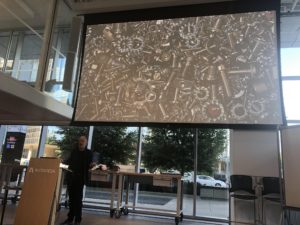 I had a light-bulb moment when Mike posted a photo full of screws, nuts, and bolts on the large projection screen. That was when I started to truly comprehend and appreciate the challenge Mike and his team are trying to tackle. They imagine a tool able to understand what is a bolt AND automatically provide a number of alternate suggestions of similar bolts that would work with the parts you are designing! Mike referred to this as the Trusted Advisor role. In this role, the AI algorithm understands the context and objectives of the task at hand. This allows the AI algorithm to contribute to the design process as a member of the design team.
I had a light-bulb moment when Mike posted a photo full of screws, nuts, and bolts on the large projection screen. That was when I started to truly comprehend and appreciate the challenge Mike and his team are trying to tackle. They imagine a tool able to understand what is a bolt AND automatically provide a number of alternate suggestions of similar bolts that would work with the parts you are designing! Mike referred to this as the Trusted Advisor role. In this role, the AI algorithm understands the context and objectives of the task at hand. This allows the AI algorithm to contribute to the design process as a member of the design team.
In fact, there were many such light-bulb or “learning” moments for me throughout the course of the summer school. I have enjoyed and learned enormously from many of the intriguing presentations by speakers from both academia and industry alike.
Training Neural Networks for Semantics
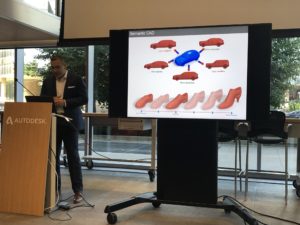 I learned the concept of semantic CAD from the “Data-Driven Design Analysis and Synthesis for Industrial Product Design” presentation delivered by Prof. Levent Burak Kara from Carnegie Mellon University (CMU). He and his team train neural networks (NN) to learn the meaning of attributes associated with CAD geometry. For example, the NN “knows” what it means for a car to be “sporty.” Based on that, the NN can “generate” a new car design that is more, or less “sporty.” This is an example of generative design methods that applied more and more in machine learning algorithms. The Elevate concept Ultimate Mobility Vehicle presented by one of the industry speakers, Dr. John Suh, the Head of Office from Hyundai’s CRADLE group, is another instance where ML generative design techniques and methods have been used.
I learned the concept of semantic CAD from the “Data-Driven Design Analysis and Synthesis for Industrial Product Design” presentation delivered by Prof. Levent Burak Kara from Carnegie Mellon University (CMU). He and his team train neural networks (NN) to learn the meaning of attributes associated with CAD geometry. For example, the NN “knows” what it means for a car to be “sporty.” Based on that, the NN can “generate” a new car design that is more, or less “sporty.” This is an example of generative design methods that applied more and more in machine learning algorithms. The Elevate concept Ultimate Mobility Vehicle presented by one of the industry speakers, Dr. John Suh, the Head of Office from Hyundai’s CRADLE group, is another instance where ML generative design techniques and methods have been used.
Neural Networks in Generative Design
From the enlightening lectures delivered by our outstanding instructor, Dr. Amir Barati Farimani from CMU, I learned that one class of NN that are used for generative design is the Generative-Adversarial Network (GAN). In a GAN, two NNs (one Generative and one Discriminative) working opposite of each other are trained in tandem.
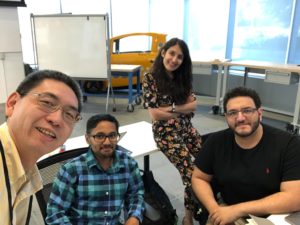
The Generative NN would learn to generate output that mimics the desired outcome; while the Discriminative NN would learn to tell whether the Generative NN output matches the desired outcome. One analogy of this is that the Generative NN is like a counterfeiter trying to create realistic bank note (e.g., $100 bill). Whereas the Discriminative NN is like the police trying to identify/detect counterfeit bills from real ones. At the beginning of the process, both NN perform poorly. But over the course of the training process, each NN will be getting better at their respective tasks. At that point, the output from the Generative NN can be used to mimic a realistic outcome.
GAN is the NN structure behind a lot of the well-known successes of (and controversies surrounding) AI in generating realistic images, sound, and videos. I even got a chance to work with a Deep Convolutional Generative Adversarial Network (DCGAN) as part of the hands-on group project. Our project goal was to attempt to generate music of a specific genre, such as rock or jazz.
The Learning Journey Continues
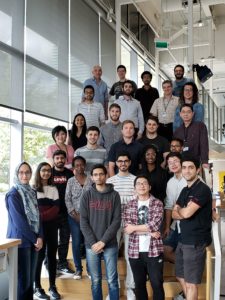
Despite (or perhaps due to) the severely limited amount of time we had for the project, I have gained valuable insights and appreciation of the field of artificial intelligence and machine learning. The interactions with my fellow summer school participants were inspirational. It continues to motivate me on my journey to learn and explore different applications of machine learning. Stay tuned for updates in my future blog posts!
Acknowledgments
One of the best outcomes from the summer school is the networking opportunities available. We get to connect with others in the field of AI, ML, and DL. For that, I would like to express my gratitude to the summer school organizing committee at Autodesk Research: Hesam Salehipour, Hyunmin Cheong, Liviu Calin, and Aditya Sanghi. Their dedication and hard work had made this summer school a great success.
I look forward to keeping in touch with everyone and learning about all of the interesting projects and ideas that followed from this summer school.

